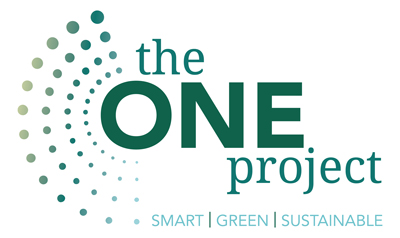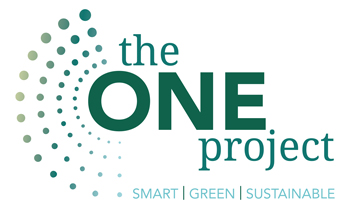During the implementation phase of your project, you can best achieve your results if you work together as ONE team. Use virtual tools to motivate, discuss, work collaboratively and achieve the results and deliverables that you have committed to produce in the project proposal. Our ONE Meeting Project made us aware of a number of aspects that are beneficial for team bonding processes.
BUILD INITIAL BONDS
In virtual working environments you have to pay particular attention to intercultural aspects and explicitly plan bonding and re-bonding processes. The kick-off event of your project is key to creating initial bonds, and they need to be nourished throughout the project.
ONE Learning
‘ONE special thing about me’ and a ‘ONE-minute speed dating’ at the kick-off event initiated our first bonding as ONE team.
REGULAR AND FUN MEETINGS
Meetings should be regular and flexible to continuously be adapted to project progression and the needs of partners. Have fun in your meetings! Organise them as multifaceted events, use techniques for facilitating motivation and alter between working offline and online to keep focus.
MAKE PARTNERS EXCITED AGAIN
If the pace of the project changes and especially if, unexpectedly, the ONE meeting cannot take place as planned, you need to find ways to make people excited again about the project. You can actively involve them again – e.g., with an extended mid-term online meeting with external participants. This helps to reflect on the project progress and is crucial to bring in new perspectives and ideas.
ONE Learning
One year without face-to-face meetings and another postponement of the ONE meeting made us feel a bit weary although we already had achieved quite a few of our objectives. In the online meeting that replaced the planned face-to-face meeting, we included motivating exercises, such as online gaming, drawing and exploring new virtual environments. This helped us to get excited again about our project and about us as a team.
WORK TOGETHER AS ONE TEAM
In order to work as ONE team, use tools wisely and involve partners as critical friends. Tools for co-creating and commenting help to refine products and to have all participate in creation and feedback processes.
ONE Learning
Never underestimate the strength of a transnational partnership – for different perspectives, different talents and for the partners’ different kinds of humour! In contrast to written communication, we have learned that direct online conversations and new forms of feedback – e.g., sharing and collaboratively working in a Miro board – can be helpful and productive.
INVOLVE YOUR TARGET AUDIENCE EARLY
To ensure the sustainability and impact of your results, you need to involve the stakeholders of your target audience from the very beginning. Using the ONE approach means involving them at every stage of the project to ensure that your results are meaningful and actually get used.
How to succeed
Working online and agile sometimes causes unexpected loops of peer review. Delayed responses from partners might lead to difficult situations that can turn even worse if partners do not know each other personally.
➜ Set up clear guidelines for editing documents and for how to comment and give feedback.
➜ Agreeing on deadlines and a monitoring process helps to share responsibility. Especially in written communication.
➜ Shared online calendars and reminders can help, but in case of delays, it is better to communicate personally to find out if partners need help.
➜ Bilateral meetings can help to establish good communication between partners and to clarify misunderstandings.
➜ Be aware that not everything runs smoothly at all times. We recommend using such moments for joint reflection and learning.

